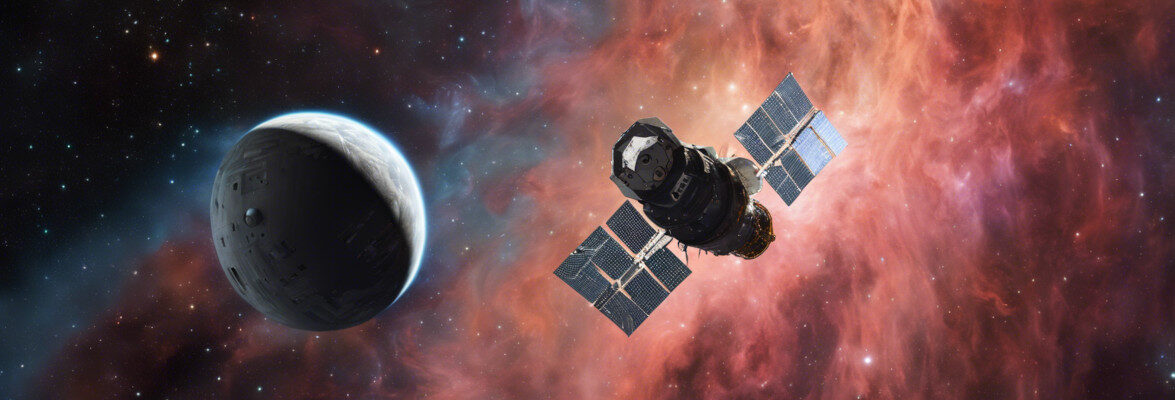
ESA has presented the first official images captured by its Euclid space telescope. After some delays due to problems with the fine guidance sensor, it was possible to calibrate Euclid’s instruments and obtain the extraordinary precision of observations necessary for its mission. The result is a resolution that allows a quantity of detail never seen before to be included in the images, be it galaxies, stars, or other objects, often discovered by Euclid. The presentation showed the results both with distant objects such as the Perseus galaxy cluster and with others close in astronomical terms such as the Horsehead Nebula.
A few weeks after the launch on July, 1, ESA offered a preview of the possibilities offered by the Euclid space telescope. Those were test images and it was clear that the instrument calibration would enable to obtain unprecedented sharpness and therefore a quantity of details that were very useful for astronomical research.
Perhaps the Euclid space telescope is even too sensitive because the calibration phase was interrupted due to the fine guidance sensor, which sometimes failed to correctly recognize the stars used as a reference for maneuvers. To achieve precision in observations, it’s crucial to have precision in maneuvers but cosmic rays sometimes interfered with the sensor. The software was tested on the ground but conditions are never exactly the same as the real ones and an innovative system can suffer from unexpected problems. The data collected during calibration allowed to find the problem and update the software.
The Euclid Space Telescope was designed to investigate cosmological mysteries such as dark matter and dark energy. To accomplish this mission, it can observe an object such as a globular cluster in a single observation and at the same time offer details of the stars that compose it, distinguishing them from other objects in the same line of observation. The James Webb Space Telescope has higher resolution but can observe a much smaller area.
The Perseus galaxy cluster is about 240 million light-years away from Earth. Euclid’s image includes the over a thousand galaxies that compose it and many others that are more distant. It’s estimated that over one hundred thousand galaxies were included in the same observation, many of them discovered by Euclid. That’s an important result as well because cosmological simulations indicate that there should be more galaxies than we know and Euclid already showed that we are far from knowing them all.
The galaxy IC 342 was also observed by the Euclid space telescope in one single observation. Almost 11 million light-years away from Earth, it’s a spiral galaxy similar to the Milky Way. It’s difficult to observe due to the dust present in the Milky Way between it and the Earth but Euclid captured details that not even the Hubble Space Telescope was able to offer.

The Horsehead Nebula is an iconic formation thanks to its peculiar shape. Distant about 1375 light-years from Earth, it’s practically in the cosmic neighborhood and therefore at the center of observations with many instruments over time. The Euclid space telescope observed it for only an hour and yet even in this case, it captured many details. It’s part of the Orion Molecular Nebula Complex, a huge molecular cloud where new stars are born, making that region very interesting for astronomers.
Getting details about the characteristics of distant galaxies and less distant stars is crucial to understanding how they form bigger structures. Precise measurements of the gravitational effects attributed to dark matter will offer very useful information to test existing models, improve them, or discard them.
The mapping of galaxies and their distribution will offer information on the expansion of the universe that is crucial to investigate its acceleration. The models under development will be tested to understand whether the dark energy hypothesized to explain the observations really exists, whether the models that extend and modify the gravitational ones are the right ones, or whether it will be necessary to develop new theories.
These new official images are very beautiful aesthetically but their real importance is given by the demonstration that the Euclid space telescope is working as expected and started offering the information requested by astronomers. It will take years of patient observation and analysis of the data collected to obtain important scientific results with the aim of revealing some secrets of the universe.


